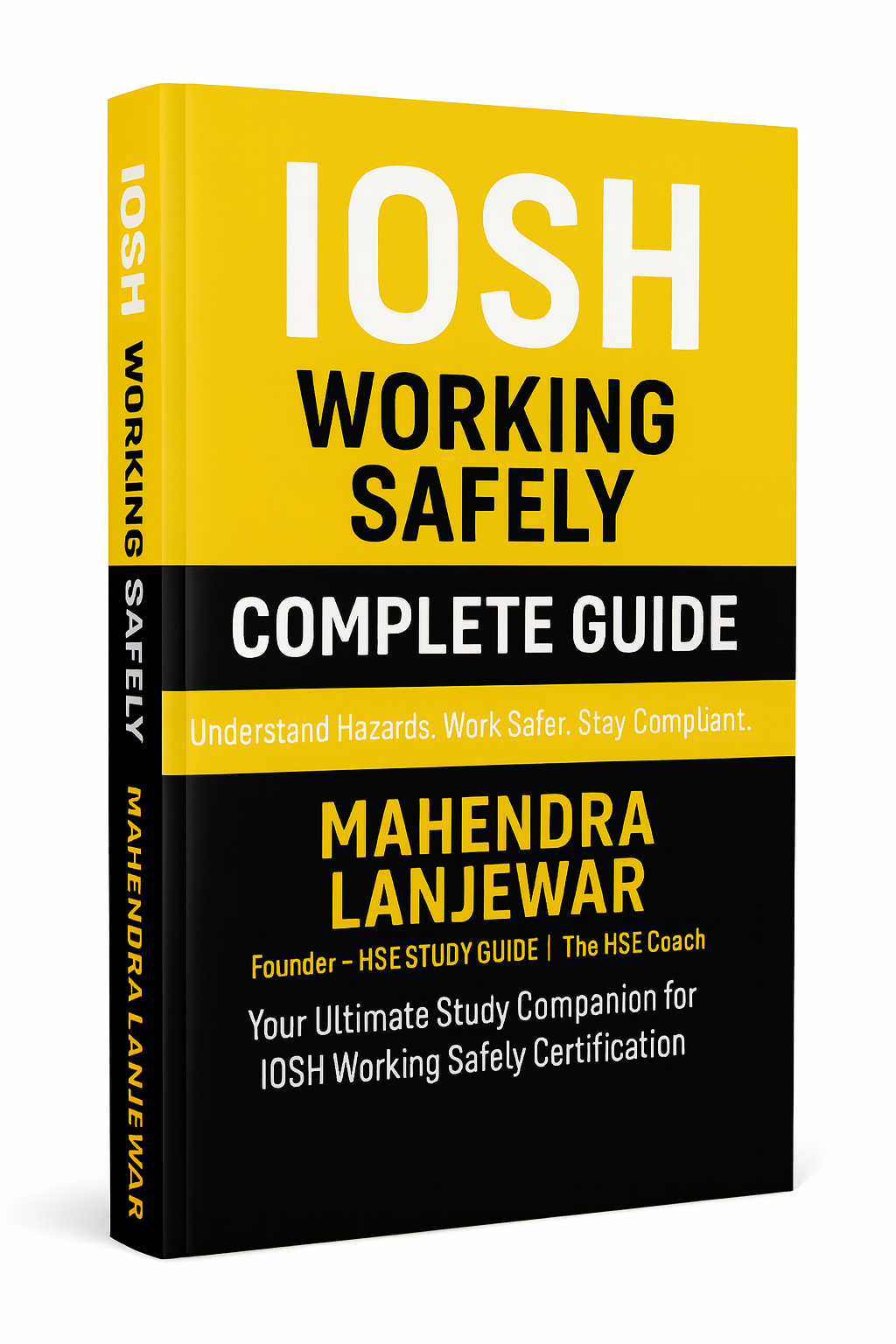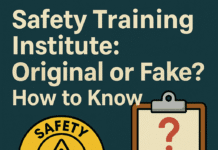
Associate Safety Professional Syllabus: Your Path to Safety Excellence
Introduction
Associate Safety Professional Syllabus : In today’s fast-paced world, safety professionals play a crucial role in ensuring the well-being of employees, the community, and the environment. The role of an Associate Safety Professional (ASP) is becoming increasingly important in various industries, from manufacturing and construction to healthcare and beyond. If you aspire to become an ASP, understanding the syllabus and the knowledge it encompasses is the first step towards achieving safety excellence.
1. What is an Associate Safety Professional (ASP)?
Before diving into the syllabus, let’s explore what it takes to become an Associate Safety Professional. An ASP is an entry-level safety certification awarded by the Board of Certified Safety Professionals (BCSP). It is designed for individuals who are starting their careers in occupational safety and health. Obtaining this certification demonstrates your commitment to safety and positions you as a valuable asset in the field.
2. Eligibility Criteria
To be eligible for the ASP examination, you typically need a combination of education and work experience. The exact requirements may vary, but generally, a degree in a related field and a specified number of years of professional safety experience will qualify you to sit for the exam.
3. The ASP Exam Format
The ASP exam is comprehensive, covering various topics related to safety, health, and environmental practices. It consists of multiple-choice questions designed to assess your understanding of safety principles, hazard identification, risk assessment, and more.
4. Core Topics Covered in the Associate Safety Professional Syllabus
The ASP syllabus is divided into several key domains, each representing a critical aspect of safety knowledge. Let’s explore these core topics:
– Safety Management Systems
In this section, you’ll learn about safety management principles, including hazard analysis, risk management, emergency response planning, and safety program evaluation.
– Occupational Health
This domain delves into occupational health issues, such as industrial hygiene, ergonomics, chemical management, and workplace stressors.
– Fire Prevention and Protection
Here, you’ll gain insights into fire prevention strategies, fire detection systems, fire suppression techniques, and emergency response procedures.
– Environmental Management
This section focuses on environmental sustainability, waste management, pollution prevention, and compliance with environmental regulations.
– Ergonomics and Human Factors
Understanding human factors and ergonomics is crucial in creating a safe and efficient work environment. This topic covers anthropometry, workplace design, and human error reduction strategies.
– Hazard Control Measures
Learn about different hazard control methods, such as engineering controls, administrative controls, and personal protective equipment (PPE) selection.
– Regulatory Compliance
In this domain, you’ll explore the various safety regulations and standards enforced by governmental and non-governmental organizations.
– Incident Investigation
Discover the principles of incident investigation, root cause analysis, and the importance of learning from accidents to prevent future occurrences.
– Training and Education
Effective safety training is vital. This section emphasizes instructional design, training delivery, and assessing training effectiveness.
– Emergency Response Planning
Learn how to develop and implement emergency response plans to address potential workplace incidents.
– Electrical Safety
Understand electrical hazards and how to implement proper safety measures to protect against electrical accidents.
– Industrial Hygiene
This domain covers exposure assessments, monitoring methods, and control of physical and chemical hazards in the workplace.
– Safety Ethics
Safety professionals must uphold the highest ethical standards. This section explores ethical decision-making and professional conduct.
5. Preparing for the ASP Exam
Studying for the ASP exam requires dedication and a structured approach. Consider enrolling in a reputable safety training program, utilizing study guides, and taking practice exams to assess your knowledge.
6. Conclusion
Becoming an Associate Safety Professional is a rewarding journey that equips you with the skills to create safer work environments. The ASP syllabus covers a wide range of critical safety topics, ensuring that you are well-prepared to make a positive impact in your career.
FAQs
1. Is the ASP certification internationally recognized? Yes, the ASP certification is recognized globally and signifies a high level of safety knowledge and expertise.
2. Can I take the ASP exam online? Yes, the ASP exam is available in both online and paper-pencil formats, providing candidates with flexibility.
3. What is the passing score for the ASP exam? The passing score for the ASP exam may vary, but it is typically around 70%.
4. How long is the ASP certification valid? The ASP certification is valid for five years. After that, you can advance to the Certified Safety Professional (CSP) certification.
5. What are the benefits of obtaining the ASP certification? Earning the ASP certification enhances your career prospects, demonstrates your commitment to safety, and distinguishes you as a qualified safety professional.
























